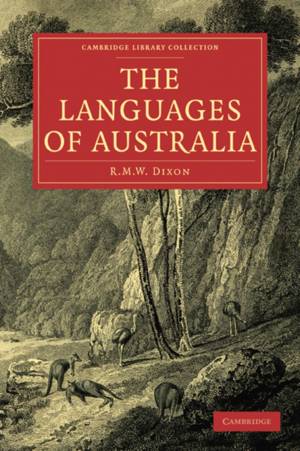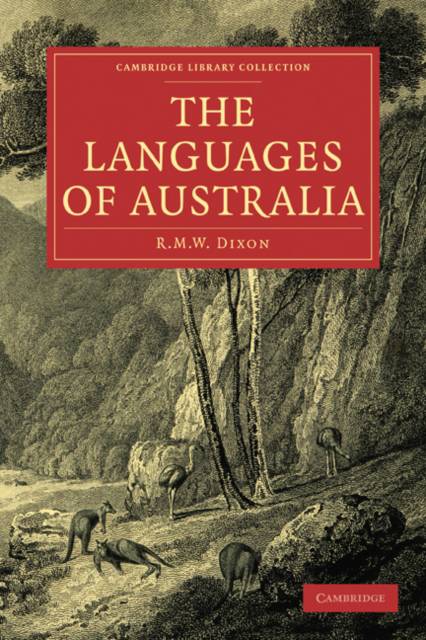
Je cadeautjes zeker op tijd in huis hebben voor de feestdagen? Kom langs in onze winkels en vind het perfecte geschenk!
- Afhalen na 1 uur in een winkel met voorraad
- Gratis thuislevering in België vanaf € 30
- Ruim aanbod met 7 miljoen producten
Je cadeautjes zeker op tijd in huis hebben voor de feestdagen? Kom langs in onze winkels en vind het perfecte geschenk!
- Afhalen na 1 uur in een winkel met voorraad
- Gratis thuislevering in België vanaf € 30
- Ruim aanbod met 7 miljoen producten
Zoeken
Omschrijving
Described by Ken Hale as 'nothing less than a masterpiece' and by P. H. Matthews as 'absolutely clear, astonishingly complete, factually fascinating', The Languages of Australia (first published in 1980 and now reissued) was a landmark in Australian linguistics. This pioneering work of synthesis covered more than two hundred Aboriginal languages, and stimulated the next generation of scholarship in the field. The author's subsequent search for an overarching theoretical model to explain the unusual properties of Australian languages finally led him to adopt a 'punctuated equilibrium' model of language development. Dixon proposed this in The Rise and Fall of Languages (1997), which provided the framework for his major work Australian Languages: Their Nature and Development (2002). The Languages of Australia is still sought after, however, as a benchmark in the discipline and because its first four chapters provide a valuable non-technical introduction that does not appear in the 2002 volume.
Specificaties
Betrokkenen
- Auteur(s):
- Uitgeverij:
Inhoud
- Aantal bladzijden:
- 572
- Taal:
- Engels
- Reeks:
Eigenschappen
- Productcode (EAN):
- 9781108017855
- Verschijningsdatum:
- 20/01/2011
- Uitvoering:
- Paperback
- Formaat:
- Trade paperback (VS)
- Afmetingen:
- 152 mm x 229 mm
- Gewicht:
- 830 g

Alleen bij Standaard Boekhandel
+ 238 punten op je klantenkaart van Standaard Boekhandel
Beoordelingen
We publiceren alleen reviews die voldoen aan de voorwaarden voor reviews. Bekijk onze voorwaarden voor reviews.









